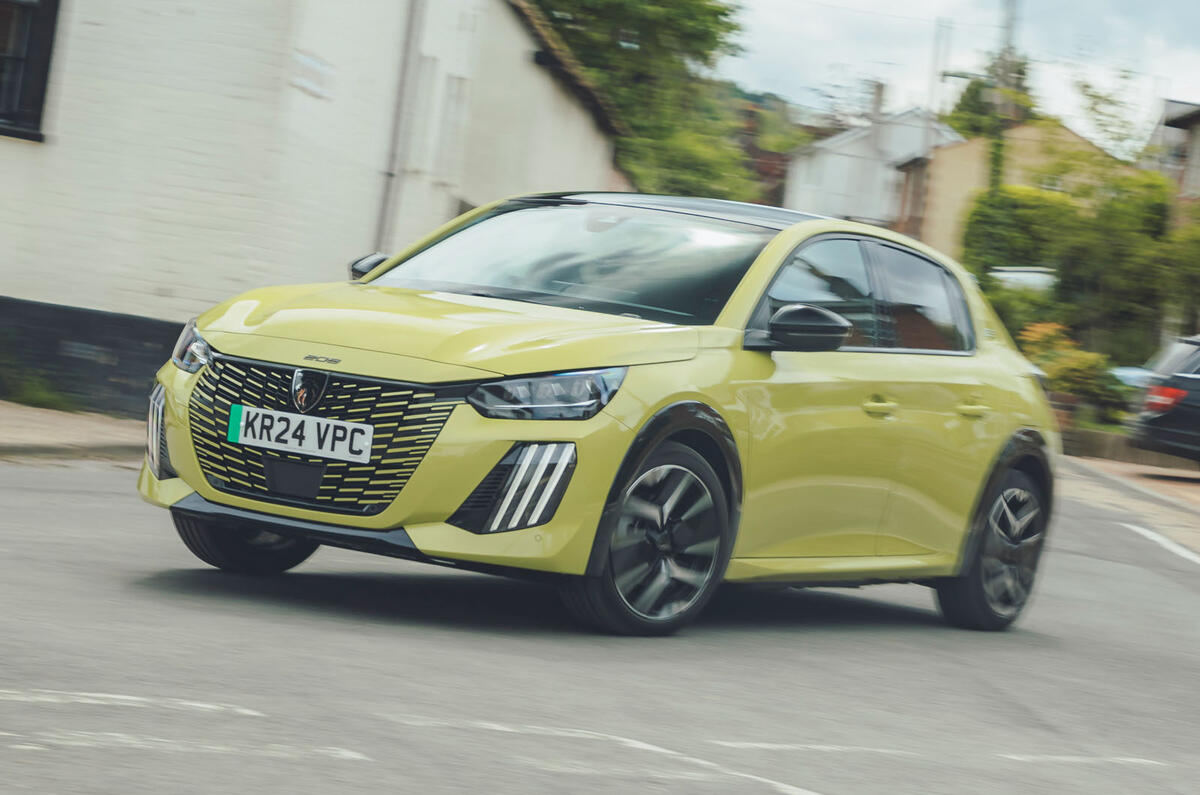Stellantis CEO Carlos Tavares wants to be “on the good side of history” in the switch to electric cars and will not call on any governments to delay their adoption.
Tavares has spoken out against schemes like the UK's zero-emissions vehicle (ZEV) mandate that requires car makers to sell a set proportion of electric vehicles or face fines, claiming they go beyond consumer demand, but ultimately he is convinced the switch to electric cars is the correct one.
In a passionate address at the Paris motor show, Tavares said: "We want to be on the good side of history in terms of contributing to fixing the global warming issue."
He admitted that he was "very cynical" about the European Union's strategy to adopt EVs, "which I believe was too costly and not efficient enough", but he said that his grievances with this are now "over".
Tavares said: "We are now in a regulatory framework that is clear, and we say if this is what the society wants and if it contributes to fixing the global warming issue, we can do it. We are ready. We don't ask for anything else other than stability of the rules."
Two years ago Tavares called politicians "dogmatic and naive" in the race to switch to EVs, but he is now behind them as they were elected off the back of clear policies.
"That's what the people that the citizens have elected have decided – zero emissions," he said.
Tavares, though, is convinced that EVs are "better cars".
He said: "Maybe that's strange for you, but I've been in this industry for 42 years. An EV is a better car in smooth ride, agility, acceleration, body load control. It's a better car."
"Now the problem is that there are still some inconveniences in the customer journey," he added, listing stiff, heavy charging cables, the uncertainty around where and when you could charge your car, and potentially having to queue for chargers at inconvenient times as current problems.
"Let's imagine that in 30 seconds we fix these and remove those inconveniences. You are left with a [kerb] weight which is still too high and we need to reduce the weight of the batteries, which means doubling the power density of the battery cells. This is something like solid-state batteries, which by 2030 will be here.
"Then the weight of battery packs will go from 500kg down to 200-250kg. The weight will be reduced, the cost will be reduced. That's something that needs to be done.










Add your comment